Welcome back to the third in this five-part overview of nihonshu. Let’s jump back in right where we left off – legal classifications for sake. There are eight in total, four of which were introduced in article 2: daiginjo, ginjo, tokubetsu honjozo and honjozo. The other four involve junmai.
To explain junmai, we have to go back and look at that optional ingredient in the list of permitted raw materials for legal classifications – distilled alcohol. And unpack a little more confusion and conflation.
The characters for junmai (純米) translate literally as “pure rice”, but I prefer to think of it as “just rice”. Both in the sense that junmai sake is made from just rice, water, koji and yeast, and in the sense that it’s not necessarily something special.
Junmai originally had the same requirements as honjozo, minus distilled alcohol. The legal classifications were then amended in 2004, and the milling ratio requirement for junmai was abolished. So you’re not guaranteed the minimum milling to 70% that you get with honjozo.
Legal classifications (all 8)
| Daiginjo | 大吟醸 | Rice milled down to 50% of original weight or less
Cool, slow brewing. |
| Junmai daiginjo | 純米大吟醸 | As above, uses no distilled alcohol. |
| Ginjo | 大吟醸 | Rice milled down to 60% of original weight or less
Cool, slow brewing |
| Junmai ginjo | 純米大吟醸 | As above, uses no distilled alcohol. |
| Tokubetsu honjozo | 特別本醸造 | Rice milled down to 70% of original weight or less
Something “special” e.g. milled to 60% or less, made from a rice variety developed for sake production |
| Tokubetsu junmai | 特別純米 | As above, uses no distilled alcohol. |
| Honjozo | 本醸造 | Rice milled down to 70% of original weight or less |
| Junmai | 純米 | No minimum milling requirement.
Uses no distilled alcohol. |
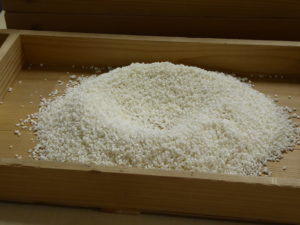 It doesn’t mean that a junmai – without daiginjo, ginjo or tokubetsu – is bad. Many are wonderful. But you will find a lot of sake that is mass produced and effectively table sake that can legitimately call itself junmai. It doesn’t necessarily entail the same level of quality as the other classifications. You’d need more information, such as knowing the brewery, or maybe going by price, to be sure. (Or the container. I’ve yet to find a great sake in waxed carton.)
It doesn’t mean that a junmai – without daiginjo, ginjo or tokubetsu – is bad. Many are wonderful. But you will find a lot of sake that is mass produced and effectively table sake that can legitimately call itself junmai. It doesn’t necessarily entail the same level of quality as the other classifications. You’d need more information, such as knowing the brewery, or maybe going by price, to be sure. (Or the container. I’ve yet to find a great sake in waxed carton.)
To junmai or not junmai
If you try a range of junmai sake and non-junmai sake, and find you have an overwhelming preference for junmai, that’s great. It’s distinctly different, richer and more fully flavoured because of differences in production (which I will get to in a moment).
Some people prefer junmai for ideological reasons, either a conflation of the “pure” character with vague but fashionable ideas of “natural” or conflating non-junmai sake with other drinks that use distilled alcohol.
Which brings us to a little more history, and a conflation of the distilled alcohol allowed for non-junmai sake classifications with an entirely different process.
During and after WWII, in the midst of serious rice shortages, inventive brewers came up with a way of using plenty of distilled alcohol, sweeteners, amino acids and acidifiers to triple yields relative to standard brewing. It was an economical way to produce large volumes, and remained in use even after there was enough rice to brew normally again. Legal changes in 2006 meant that anything produced by this process can no longer be called nihonshu, although you might be hard pressed to tell the difference from packaging.
How about futsushu?
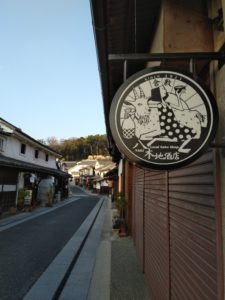 Large quantities of distilled alcohol can also be used to stretch production in futsushu, which is also allowed additives to improve flavour. So you can see why people might be a little concerned about non-junmai sake.
Large quantities of distilled alcohol can also be used to stretch production in futsushu, which is also allowed additives to improve flavour. So you can see why people might be a little concerned about non-junmai sake.
Never fear. The legal classifications still have you covered. The amount of distilled alcohol in non-junmai daiginjo, non-junmai ginjo, tokubetsu honjozo and honjozo is capped at 120 litres per ton of polished rice, effectively 10%. And rice accounts for only 20% of the final product, the rest is water. So even if a brewery used as much distilled alcohol as possible, it would be 2% of the final sake.
Distilled alcohol usage
So distilled alcohol used in sake that qualifies for a legal classifications clearly isn’t there to improve yield, which leads to another quick historical detour. Back in the days before refrigeration and sterile packaging, brewing sake was a risky process. After noting that brewing in spring, summer or autumn was liable to loss of whole batches by contamination with other microorganisms, breweries took to producing only in the cold winter months. That still wasn’t without risk, and another inventive brewer in the Edo Period (1603 – 1868) tried adding shochu to the rice mash. Lo and behold, the high-strength alcohol worked as a way to stabilise the sake.
That wasn’t all. Adding distilled alcohol also extracted a wider range of components from the rice mash, producing a different flavour profile. Hard-working sake yeast regularly generates 18-20% abv, so sake is often diluted after brewing to bring it down to a more drinkable level. In combination with the flavour profile produced by adding distilled alcohol, dilution produces a clarity of flavour that contrasts with the richness of junmai.
But wait, they say. If adding distilled alcohol started in the Edo Period, doesn’t that mean junmai is the original brewing method? There was no legal definition of junmai before 1990, so you can’t necessarily equate today’s junmai with pre-Edo production. And remember the literal translation of the characters for honjozo – main brewing method. The advantage of stabilisation and attractive flavour profile made this production method the standard by 1990, with ginjo and daiginjo as the fancier derivations.
So it’s just junmai. Richer, more condensed, fuller bodied. But not so special in and of itself. We’ve covered all the legal classifications – I hope you’re starting to get a feel for the range of flavours they offer. Next time we’ll move on to look at brewing in a little more detail, and how deviations from the standard process produce even variety.

Based in Zurich, Switzerland, Arline is a professional Japanese to English translator and founder of taste-translation.com. She holds a trio of sake certifications: Wine and Spirits Educational Trust (WSET) Level 3 Award in Sake, Sake Service Institute International Kikizake-shi, and Sake Educational Council Certified Sake Professional.

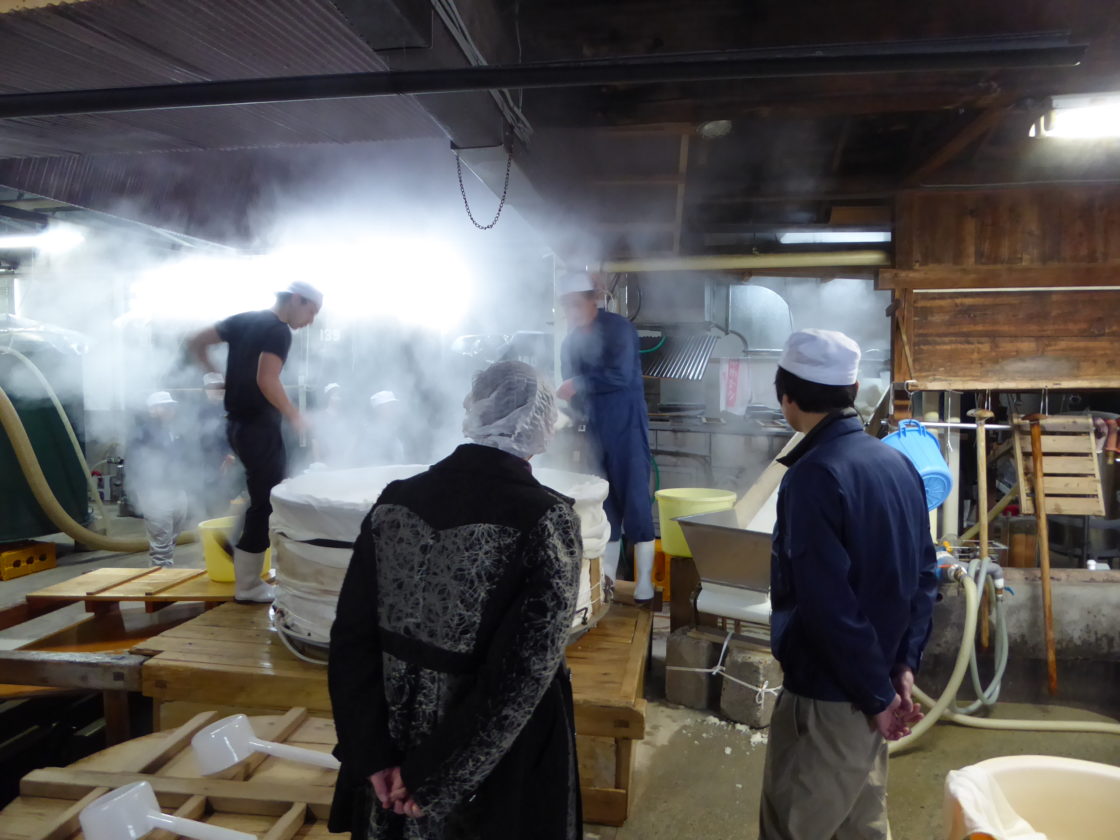
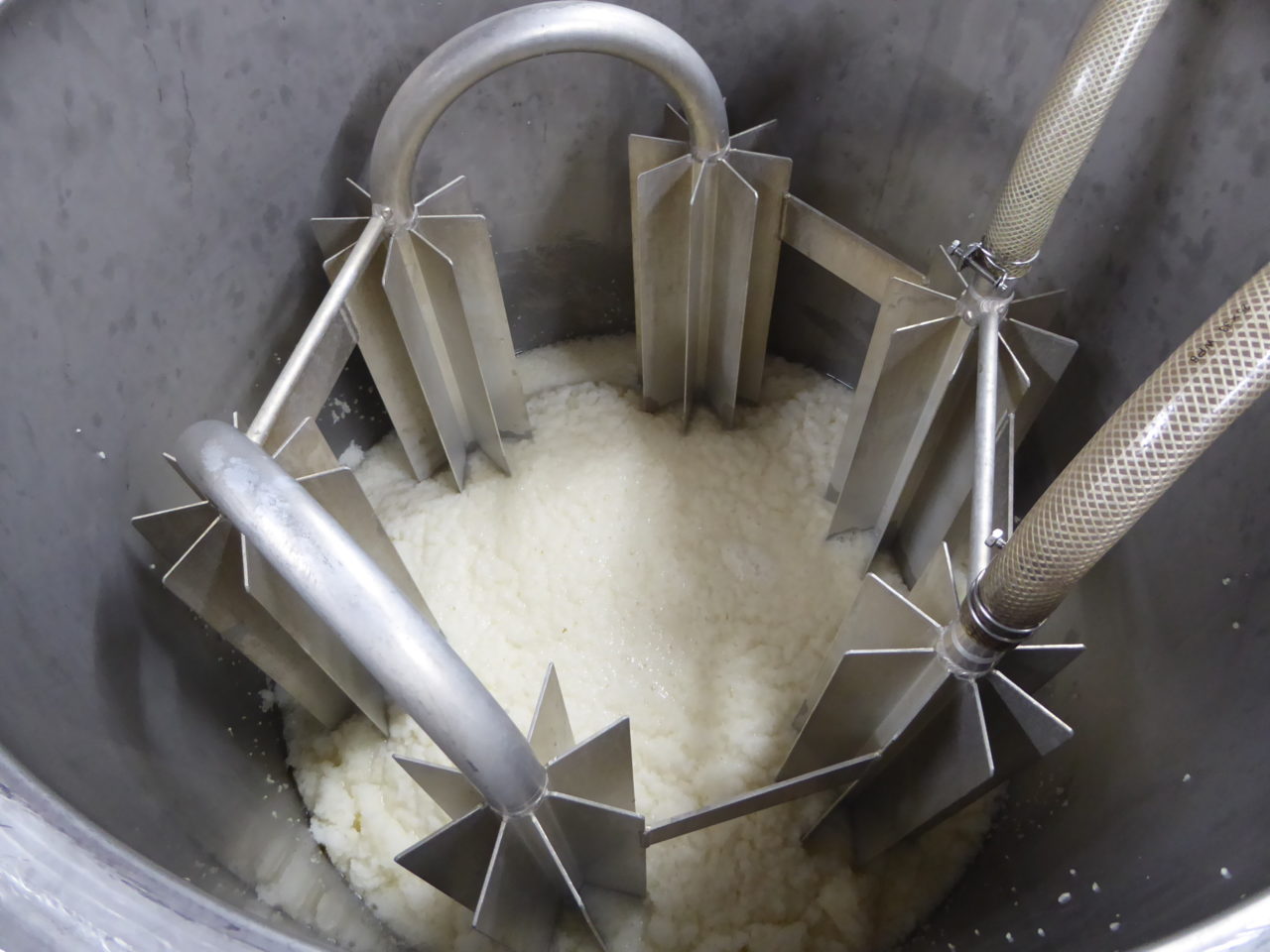
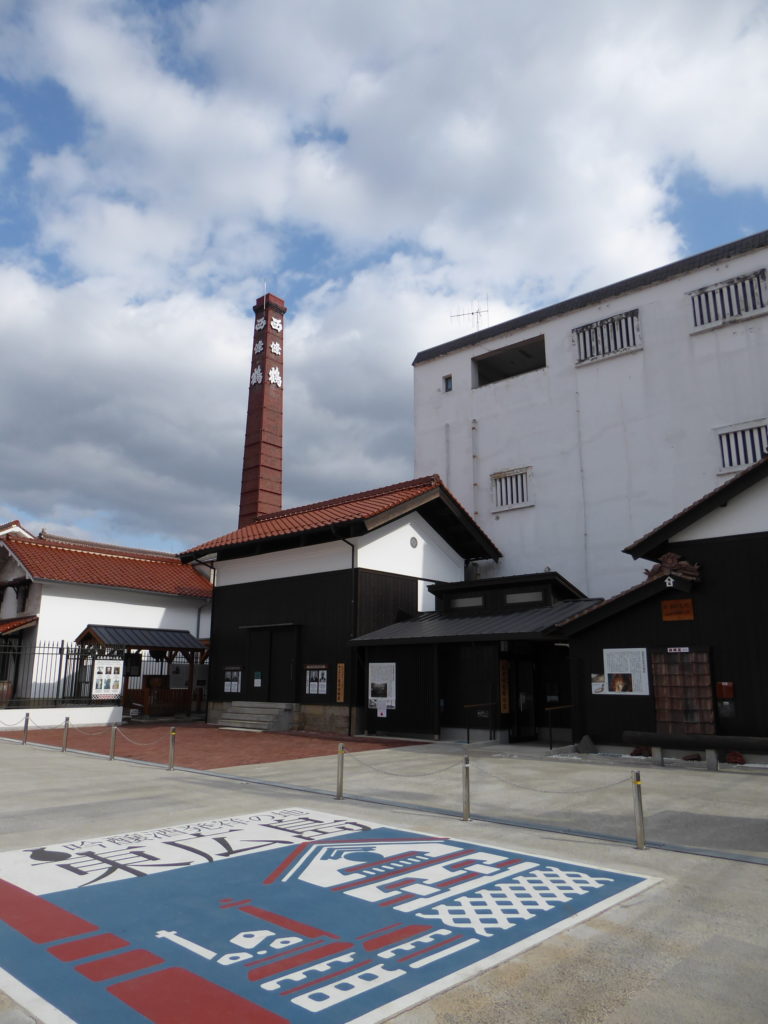
One Comment